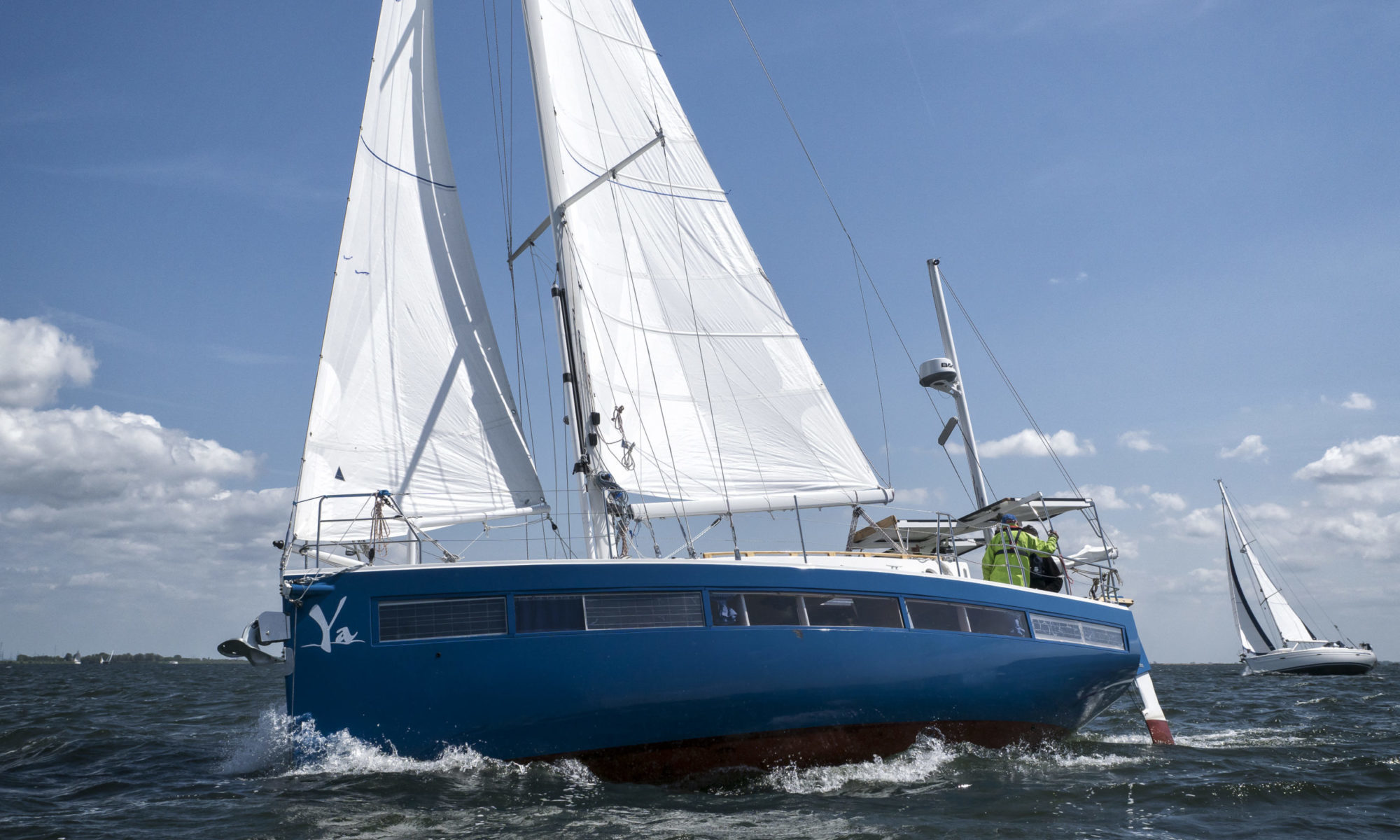We’re in a carbon tunnel, writes Frits Verhoef. Reducing carbon dioxide emissions isn’t the solution to the crisis.
The EU aims to be climate neutral by 2050, and the Netherlands has promised to stick to that. But now that the low-hanging fruit has been harvested in the energy transition, we see that it’s becoming increasingly difficult. We’ve already made half of our electricity supply sustainable with solar panels and wind energy, but we’re hopelessly behind in other areas: transport, industry, the built environment. Perhaps because we’re pursuing the wrong goals.
We’re in a carbon tunnel: we think CO2 is our biggest problem. It isn’t. CO2 is merely the result of our energy hunger.
Our society has become unprecedentedly complex in 200 years. Not because we are more intelligent than 200 years ago or because the capitalist system is superior. We were able to build this complex society because of a surplus of cheap and easily accessible energy. Historically, we owe our prosperity primarily to an abundance of readily available energy.
Those who focus solely on reducing CO2 emissions apparently assume that we will also have this surplus of energy available in the future, with which we can maintain our complex society. That is an illusion. We don’t have a CO2 problem, we have an overconsumption problem.
The American thinker Nate Hagens calls this the Great Simplification: the inevitable moment when the energy foundation of our economy crumbles. Today’s society will not be the first to collapse due to a lack of surplus energy.
To ensure a smooth transition to this Great Simplification, a different sustainability objective is needed. Not emissions, but our energy hunger should be the benchmark.
2000 watts per person
I therefore advocate for a maximum amount of energy per person, not in total consumption, but in average power: 2000 watts per person. This equates to an annual consumption of 17,500 kWh: enough for heating, transportation, and comfort, provided we make conscious choices. This idea has existed in Switzerland for years. It means you might make your belongings last a little longer. It means you might consider flying and the alternatives. Not out of scarcity, but because there is a limit.
In Zurich, there are 2000-watt neighborhoods: well-insulated homes with shared facilities and smart energy use. The idea is powerful because it is concrete. Unlike CO2 targets, 2000 watts per person is a tangible goal.
What the Earth Can Handle
Moreover, this target does more: Spreading and limiting energy use reduces the pressure on the electricity grid. And by adhering to the same standard worldwide—2,000 watts per person—a fair guideline is also created: not based on historical privilege or purchasing power, but on what the Earth can handle.
Such a target only works if we also account for indirect energy. This is the energy needed to produce goods, build infrastructure, grow food, or manufacture wind turbines. Indirect energy accounts for 75 percent of our total energy consumption.
The beauty of a cap on energy use is that it helps us tell a new story. Such a cap also challenges our assumption of infinite growth. A story in which progress doesn’t equate to more, but to enough. In which we don’t blindly continue to grow, but seek balance. 2,000 watts per person is an invitation to recalibrate our definition of enough. As the Swiss say: In a society with 2,000 watts per person, scarcity doesn’t prevail, but sufficiency.
Frits Verhoef is an entrepreneur and author of Courage and Courage, for a climate of hope and action
This is an opinion article of Vincent Dekker, based on Nate Hagens’ Great Simplification theory and with the practical follow ups such as the 2000 Watt societies, and the work of Dutchman Frits Verhoef, a Dutch entrepreneur and writer.
From the article in Dutch in Trouw: https://www.trouw.nl/opinie/opinie-het-probleem-is-niet-co2-maar-onze-honger-naar-energie~bffa14b7/?referrer=https%3A%2F%2Fduckduckgo.com%2F
